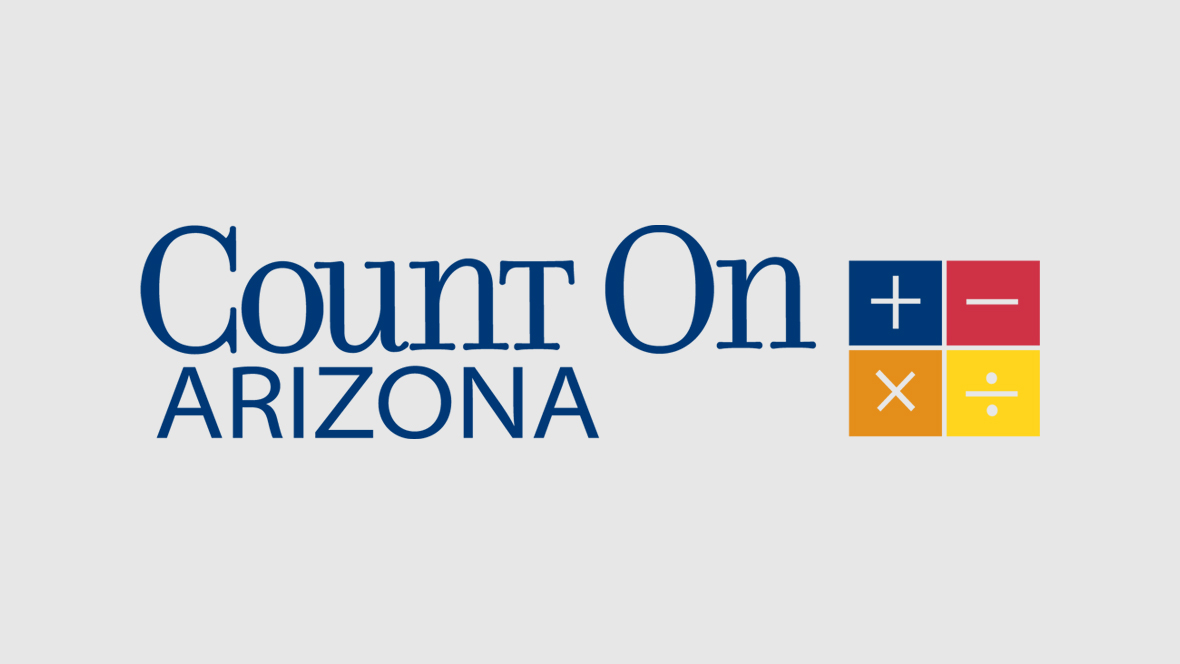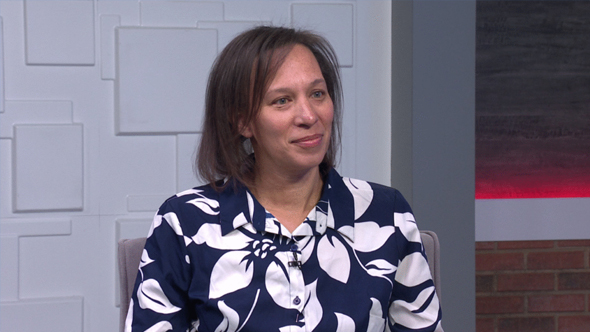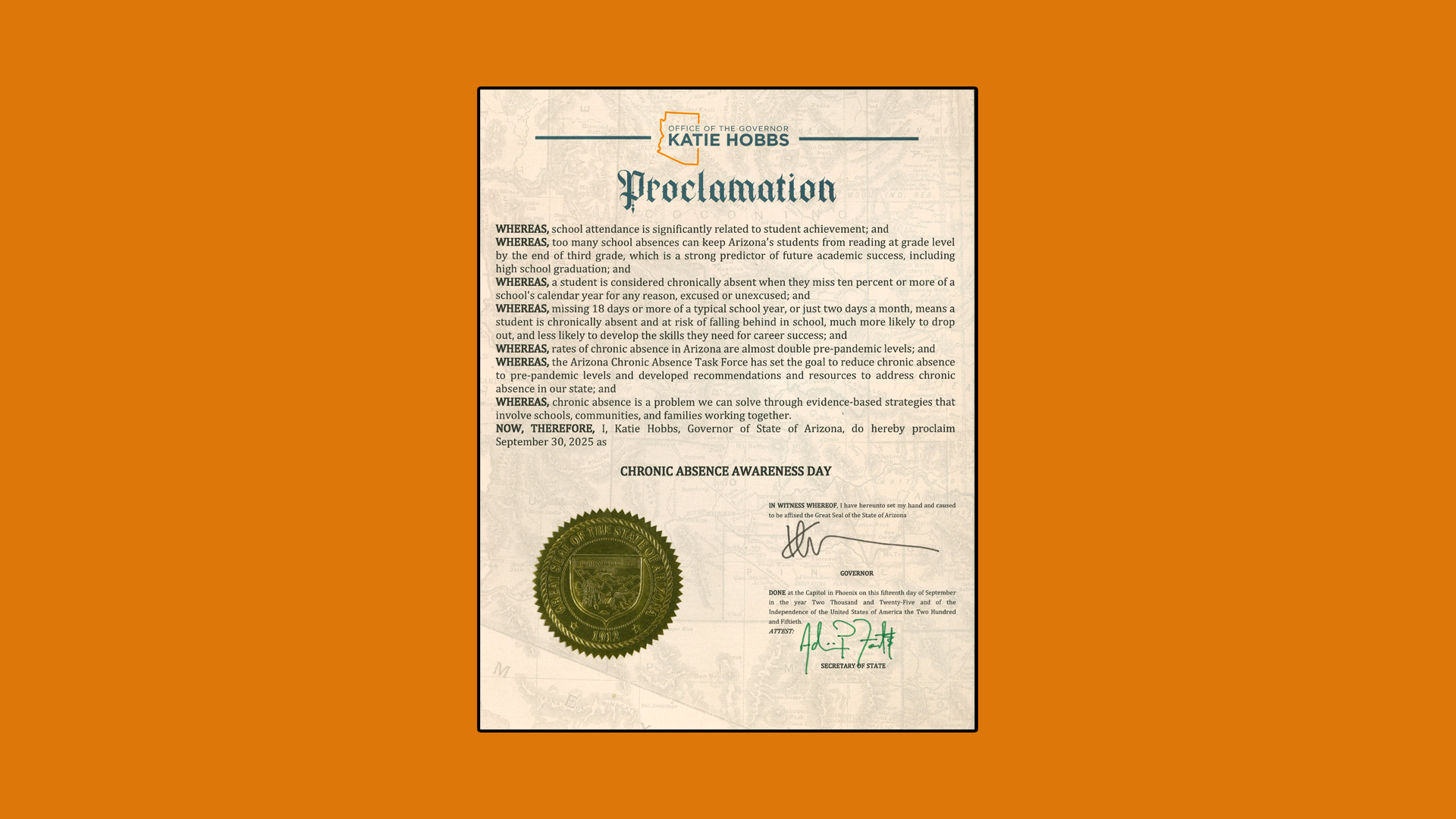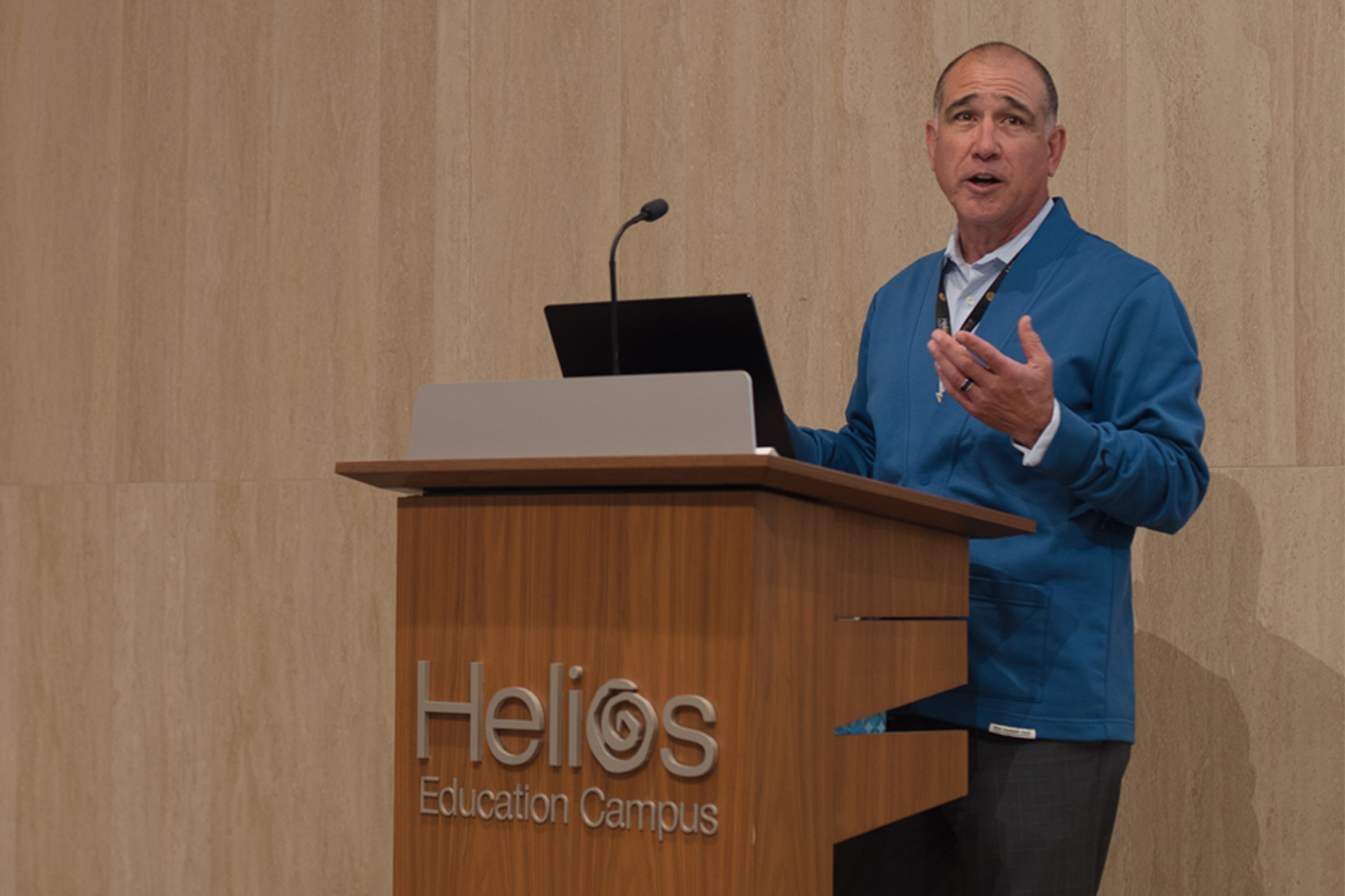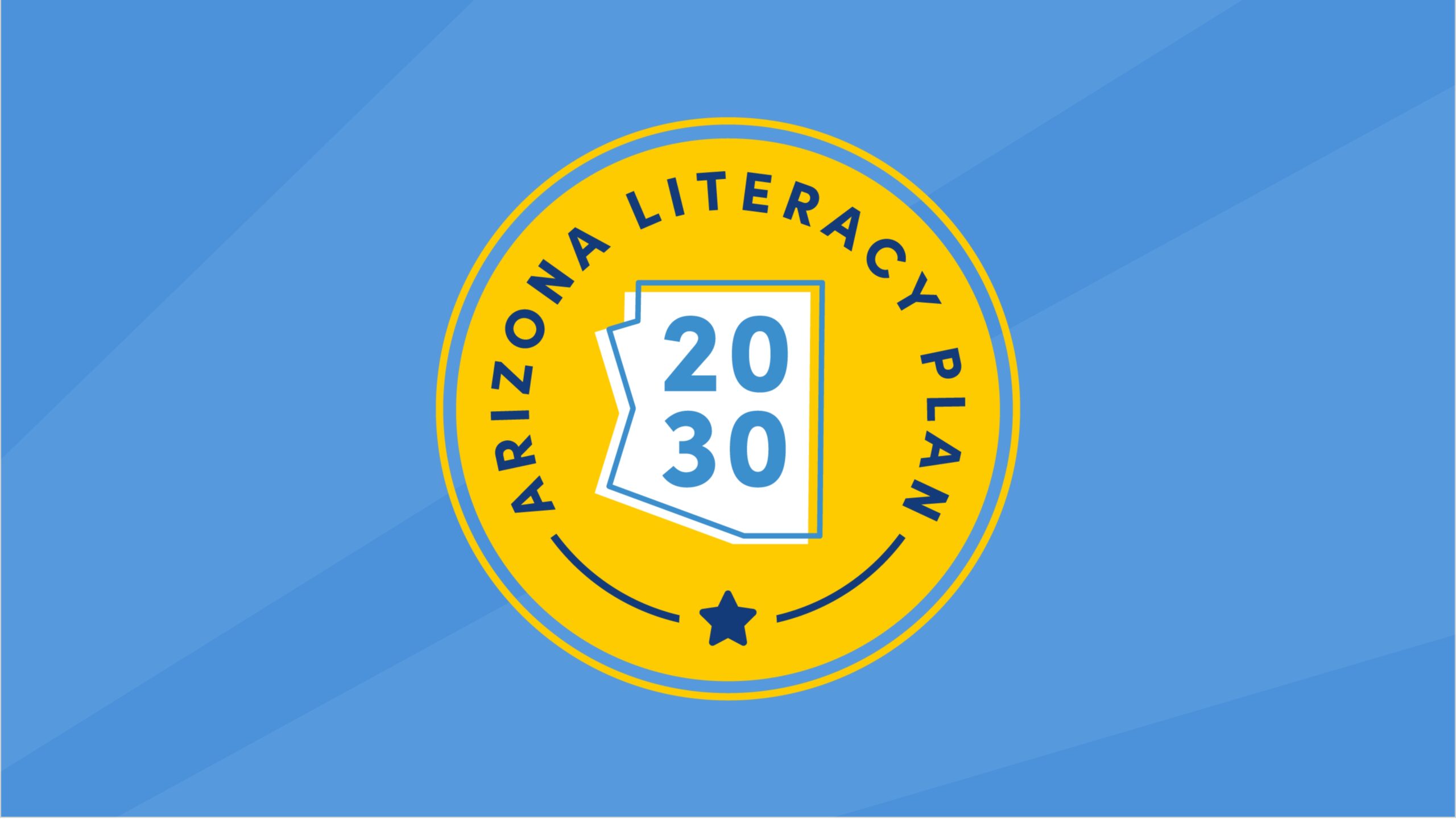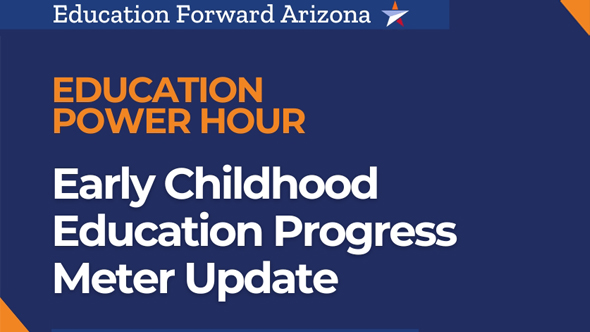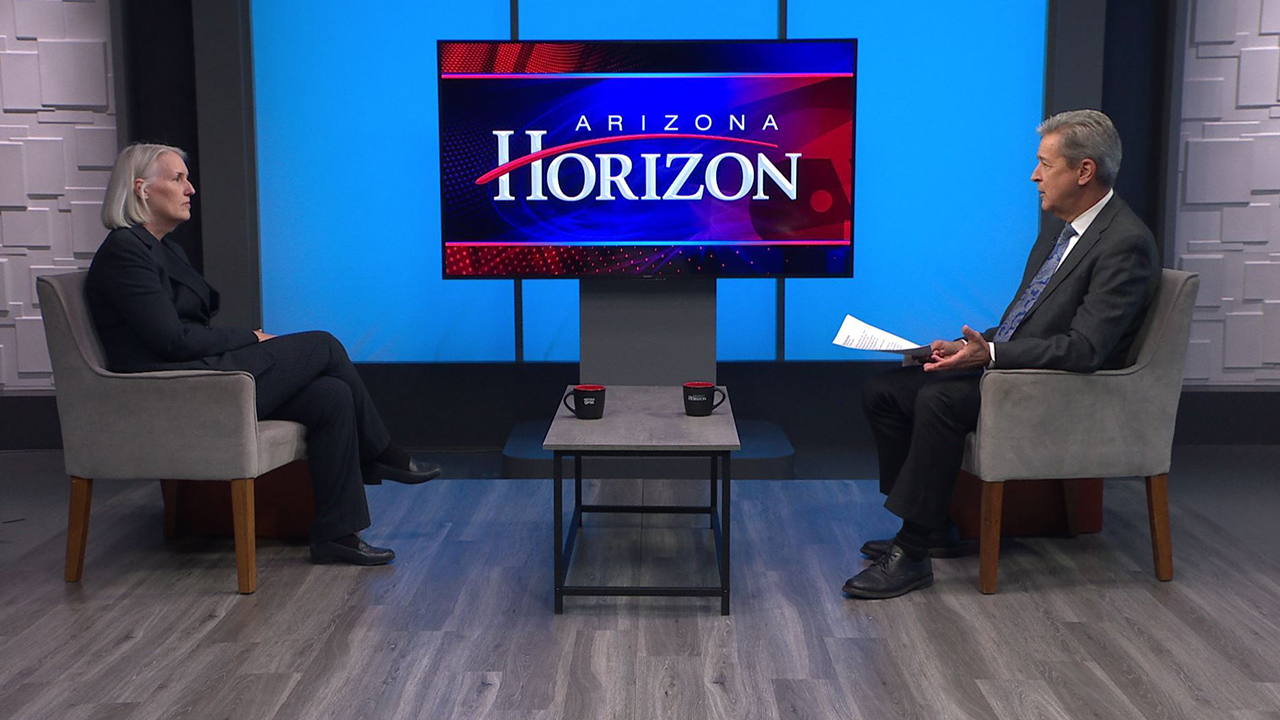July 08, 2015
Data
Arizona was trailing behind in reading standards and middling in mathematics in 2013, a new report analyzing results of a federal test showed.
For fourth-grade reading, Arizona was found to have below basic-level standards, according to the report, which was prepared by the National Center for Education Statistics, an arm of the U.S. Department of Education’s Institute of Education Sciences.
The report took the 2013 results from each state for fourth- and eighth-grade reading and math from the National Assessment of Educational Progress, a federal test administered every two years nationwide to measure the rigorousness of each state’s academic standards.
Arizona was in the lower half in eighth-grade reading, though it was deemed to have basic level standards. As for mathematics, Arizona was found to have basic level standards for both fourth and eighth grades, alongside Nevada and Illinois.
But the study does not reflect the current reality in Arizona, said Charles Tack, deputy communications director at the Arizona Department of Education. The report is based on 2013 data and since then, Arizona has implemented changes, including the repeal of AIMS testing.
“We would expect that those numbers will change as we start to get results back from our new assessment,” he said.
That may prove true in two years when a new report is released with updated data. There has been a downward trend in the number of states with below basic standards, especially in reading.
For example, the number of states with below basic level eighth-grade reading standards went from 15 in 2011 to 10 in 2013.
The uptick in the number of states with more rigorous academic standards compared to previous years triggered a happy responses from various entities, including the U.S. secretary of education.
The findings show that “leaders and educators throughout the country continue to do the hard but vitally important work of raising expectations for students’ learning, helping to prepare students for success,” Arne Duncan said in a prepared statement.
But it’s also a reminder that there is more work to do, he said.
The states vary “widely in where they set their proficiency standards,” according to Peggy Carr, acting commissioner of the National Center for Education Statistics. Each state sets its own standards and administers its own tests.
Using 2011 data, Carr explained the discrepancy that can be created from the wide variations in standards.
Just by using state standards, it may seem that students in Arizona and Kentucky are performing similarly, with each of the states reporting that 71 percent of its students are proficient in reading and math, she said.
But using the federal assessment, Kentucky did a little better, scoring 252 points out of 500, compared to Arizona’s 243. What this means is that students may appear to be performing better under their own state’s standards than they actually are compared to their counterparts in other states.
An Arizona student showing proficient reading skills may not measure up to his or her counterpart in New York state, which is the only state to achieve proficient level for eighth- and fourth-grade reading and math standards. But critics have argued that the NAEP standards for proficiency are too harsh.
“Because they are all different, a common yardstick is necessary,” Carr said. And NAEP test is just that.
The broad range in the levels of academic standards across states could be explained by some states intentionally lowering their standards so that students would appear to be doing better than they actually are, said Gary Phillips, vice president and fellow at the American Institutes for Research.
“The report provides valuable information that helps to compensate for what I consider a fundamental weakness in No Child Left Behind,” he said. The Bush-era law gives states an incentive to lower the standards, but such practices rob students of their opportunity to learn at a higher level, he added.
A way that some states are overcoming the gap in learning standards is the Smarter Balanced Consortium, a coalition of more than 20 states using an online assessment system that aligns with the Common Core standards. Arizona is not a member.
“I would predict that the consortium states will find that their standards are more rigorous than what they may have had in previous years,” said Louis Fabrizio, director of data, research and federal policy at the North Carolina Department of Public Instruction.
